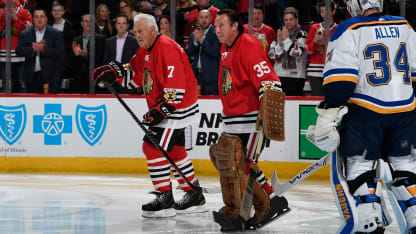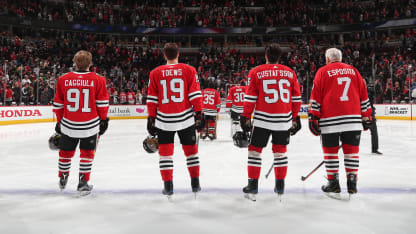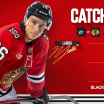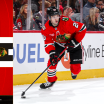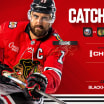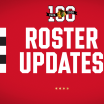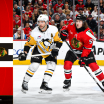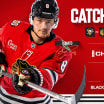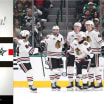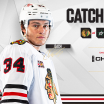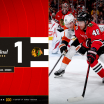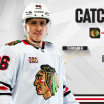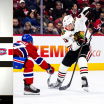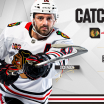"Tony O" played through a litany of injuries and bruises, was fastidious about his equipment, blamed himself for every goal against even when not at fault, and famously approached every game with an acute sense of focus.
Or as Phil suggested, "tell the truth… he was miserable to be around. He would drive to the Stadium with (wife) Marilyn and never say a word to her. I used to yell at him when we played against the Blackhawks. 'Hey, Tony, let's go for a drink after the game.' He wouldn't even look at me."
Phil, a more extroverted sort, won two Stanley Cups in Boston, where he scored prodigiously. In 1975, he was sent to the rival New York Rangers - another seismic transaction - and continued to produce. In 1979, he was informed of a possible move that would return him to the Blackhawks, but it never materialized.
Phil later became general manager of the Rangers, and Tony took a similar role with the Pittsburgh Penguins. When the NHL expanded to Tampa Bay in 1992, Phil was installed as president/general manager while Tony assumed the mantle as chief scout. He was more than that. "Phil didn't have time for details," said Tony. "I handled the BS."
The Lightning suffered its share of entrepreneurial and financial travail in a new market. The team debuted in a makeshift rink at a fairgrounds with a 7-3 rout of the Blackhawks, whose President Bill Wirtz stormed out in dismay. When Chris Kontos registered his third goal, some fans threw hats onto the ice, only to be reprimanded by a security force unfamiliar with hockey customs. The Lightning tried various promotions to sell the sport, including employing a woman, Manon Rheaume, in goal.
The Lightning moved to a cavernous dome, still home of baseball's Rays, before settling into Amalie Arena, a first-class facility. There's a statue of Phil beside the building, where the Lightning now sell out every night and thrive under solid ownership. He and Tony filmed a humorous clip before the Blackhawks met the Lightning in the 2015 Final.
By that time, "Tony O" was back in the Blackhawks' family. On a night at the United Center in 2008 to celebrate his designation as ambassador, Phil showed up as a surprise guest. He wore his old sweater, but passed on a visit to the sauna. Tony, who lives with Marilyn near Tampa, is a ubiquitous presence with the Blackhawks. He is not around for show. Phil is a radio analyst with the Lightning, but only for home games.
"Too busy playing golf," scoffed Tony.
